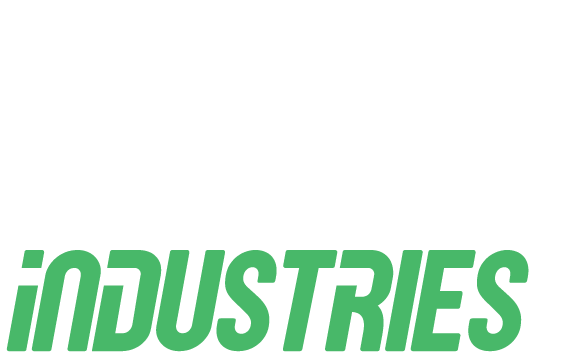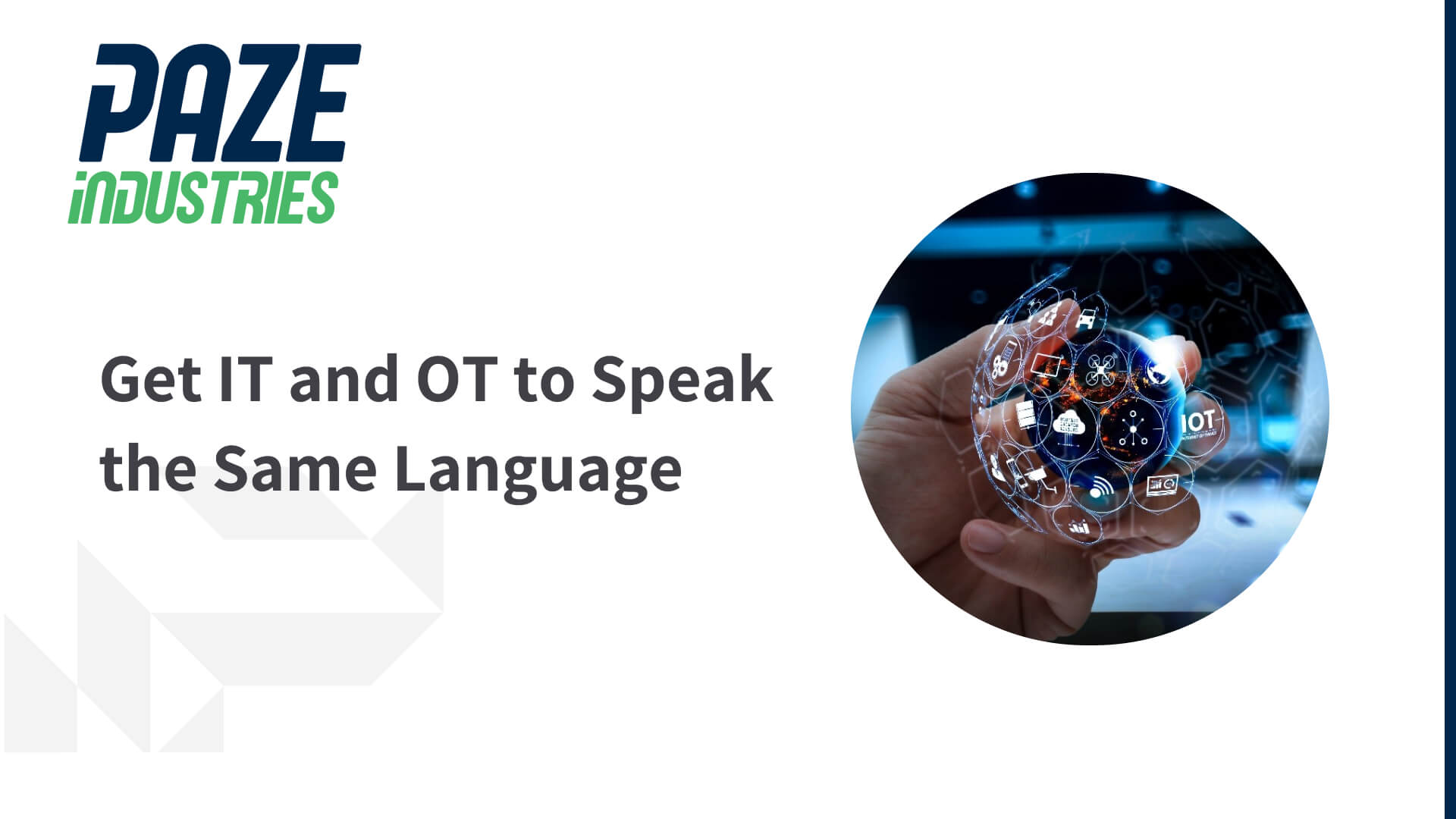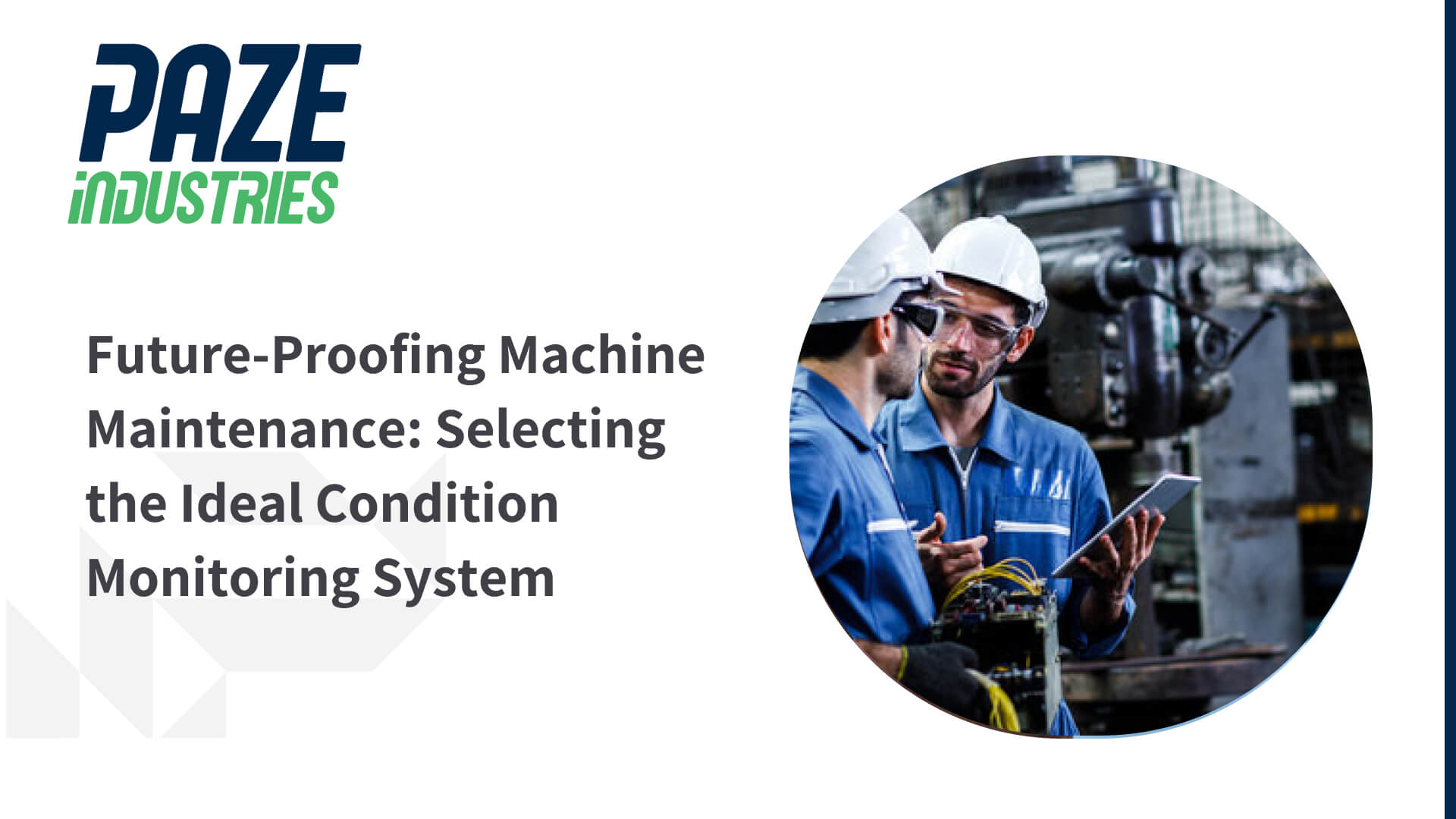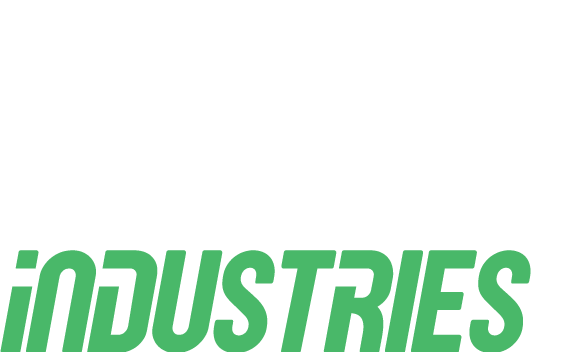Did you know that effective condition monitoring systems have the ability to reduce maintenance costs by up to 25%?
In today’s rapidly evolving industries, traditional maintenance practices alone are no longer sufficient to keep up with the demands of modern machinery and equipment. Future-proofing your maintenance strategies requires the implementation of an ideal Condition Monitoring system.
These advanced tools proactively detect potential issues, prevent costly breakdowns, and optimise productivity. But with a multitude of options available, how can you choose the perfect condition monitoring system for your organisation?
In this article, we will explore the essential factors and considerations that will guide you towards selecting an ideal condition monitoring system, ensuring sustainable maintenance excellence while maximising cost savings.
For this, we have divided the article into two parts: the first one will have a look at the internal Factors that need to be known and assessed, and the second one will help you assess the available tools and technologies.
Part 1: Assessment of Internal Factors
Factor 1 - Know your machines
Condition monitoring is commonly used for critical machines whose failure can cost the company a hefty loss both financially and productively. Each industrial process has a list of “bad actors”, which refers to a list consisting of machines that are most prone to breakage and whose failure will result in serious losses.
Therefore, the first requirement of selecting the ideal Condition Monitoring system is to know which are your most critical machines. One way to identify that is using a method called “criticality analysis”.
It is a process used by maintenance teams to assign a ranking to various assets based on the potential loss they contribute to productivity in case of failure. Once you have identified the critical machines, then you can move to other factors.
Factor 2 - Failure Modes
The next crucial step is to conduct FMECA (Failure Modes, Effects, and Criticality Analysis) specifically targeting the top 20% of the most critical machines. Each failure mode exhibits a unique pattern that can be detected through various data sources such as stress waves, vibration, and more.
Certain failure patterns are highly noticeable, enabling sensors to detect them as soon as they begin to emerge. However, there are other patterns that may not become measurable until the system experiences a complete breakdown.
Hence, it is imperative to identify the Condition Monitoring data sources that hold value based on the critical failure modes that need to be monitored. By determining the criticality of these failure modes, we can prioritise the selection of appropriate data sources for effective monitoring.
Factor 3 - Machine’s Environment
Understanding the environment in which your critical machines operate is crucial while selecting the ideal Condition Monitoring system. Today, the majority of the time data collection is performed via wireless sensors and these sensors are delicate pieces of equipment and therefore must be shielded from environmental extremes such as high temperatures, corrosive substances and more.
On top of that, it can be difficult to attach sensors directly on hard-to-reach equipment like those located in ATEX zones and other restricted areas.
Factor 4 - Matching Use Case to Data Source
Matching the use case to the appropriate data source is crucial for effective condition monitoring. Each use case requires specific data parameters to be monitored, such as temperature, vibration, or pressure. Understanding the requirements of the use case and identifying the relevant data sources, such as sensors, IoT devices, or databases, ensures accurate data collection.
Proper alignment between the use case and data source enables meaningful insights, predictive maintenance, and proactive decision-making, enhancing overall condition monitoring effectiveness.
Therefore keep in mind during your hunt for the best tool that’s important to understand:
- How each tool collects and measures data
- What are the requirements to install the tool
- Whether the tool meets all the connectivity and regulatory requirements
Part 2: Assess the available technologies
Finding the best tool for condition monitoring depends on several factors, including your specific requirements, industry, budget, and available resources. Here are some steps to help you in the process:
1. Low-code development
Look for tools that offer a low-code or no-code development environment. These platforms allow you to build custom monitoring applications and workflows without extensive programming knowledge, enabling faster development and iteration cycles. Evaluate the tool’s user interface, drag-and-drop functionality, and ease of customization to ensure it aligns with your low-code requirements.
2. Integration capabilities
Assess the tool’s integration capabilities with your existing systems and infrastructure. It should be able to seamlessly integrate with your data sources, such as sensors, databases, or other monitoring equipment. Look for tools that support standard protocols and have pre-built connectors or APIs to facilitate data exchange with your ecosystem of applications.
3. Time-to-market speed
Consider the tool’s ability to quickly deploy and start monitoring. Look for features like rapid configuration, easy setup, and automated workflows that streamline the implementation process. Some tools offer templates or pre-configured modules specific to certain industries or use cases, which can accelerate deployment and reduce development time.
4. Compatibility with existing technologies
Assess how well the condition monitoring tool aligns with your existing technology stack. It should be able to work with your current software, databases, cloud infrastructure, and communication protocols. Consider tools that offer flexibility in terms of deployment options (on-premises, cloud, hybrid) to fit your organization’s IT strategy.
5. Scalability and flexibility
Evaluate the tool’s ability to scale as your monitoring needs grow or change. It should be capable of handling a large volume of data, supporting multiple monitoring points, and accommodating future expansions. Look for tools that offer modular architectures or extensibility options, allowing you to add or modify functionality as required.
6. Vendor support and documentation
Consider the level of support provided by the tool’s vendor. Look for resources such as documentation, tutorials, and forums that can help you learn and troubleshoot issues efficiently. Check if the vendor offers responsive technical support, training programs, and ongoing updates or improvements to the tool.
Future Proof Condition Monitoring
If you want a future-proof condition monitoring tool that can be used for multiple use cases such as predictive maintenance and AI, and avoids single-use case island solutions, consider the following factors:
1. Modular and extensible architecture
Look for a tool with a modular and extensible architecture that allows you to add or modify functionality as your needs evolve. This flexibility will enable you to incorporate additional use cases, such as predictive maintenance or AI, without having to invest in separate tools or systems.
2. Data analytics capabilities
Ensure that the condition monitoring tool has robust data analytics capabilities. It should support advanced analytics techniques, such as machine learning and AI algorithms, to derive insights from the collected data. This will enable you to move beyond basic condition monitoring and leverage the tool for predictive maintenance and other advanced analytics-driven use cases.
3. Open APIs and interoperability
Verify that the tool provides open APIs (Application Programming Interfaces) or supports industry-standard protocols for easy integration with other systems and technologies. This will allow you to connect the condition monitoring tool with your existing AI platforms, data lakes, or predictive maintenance solutions, creating a unified ecosystem instead of isolated islands of functionality.
4. Scalable data handling
Consider the tool’s ability to handle large volumes of data efficiently. As you expand your use cases and collect more data, the tool should be capable of scaling up to accommodate the increased data load. Scalable data storage, processing, and analysis capabilities are essential for future-proofing your monitoring solution.
5. Flexibility in data sources
Ensure that the tool supports a wide range of data sources beyond traditional sensors. It should be capable of ingesting data from various devices, databases, IoT sensors, or even unstructured data sources. This flexibility will enable you to incorporate diverse data streams into your condition monitoring and AI workflows.
6. Vendor ecosystem and partnerships
Assess the vendor’s ecosystem and partnerships. Look for tools that have a strong network of partners or integrators who can provide additional expertise and support for different use cases. A robust ecosystem indicates a forward-thinking approach and increases the likelihood of finding complementary solutions for future needs.
7. Future roadmap and innovation
Investigate the vendor’s commitment to innovation and their future roadmap for the condition monitoring tool. Consider their track record of incorporating new technologies and features into their product. Look for indications that they are actively exploring advancements in AI, predictive analytics, and other emerging technologies to stay at the forefront of the industry.
By considering these factors, you can select a condition monitoring tool that not only meets your current requirements but also provides a foundation for future use cases and avoids the limitations of single-use case island solutions.
Ready to revolutionise your operations?
Request a demo now and unlock the potential of intelligent condition monitoring. Don’t miss out on this opportunity to transform your business. Schedule your demo today!



